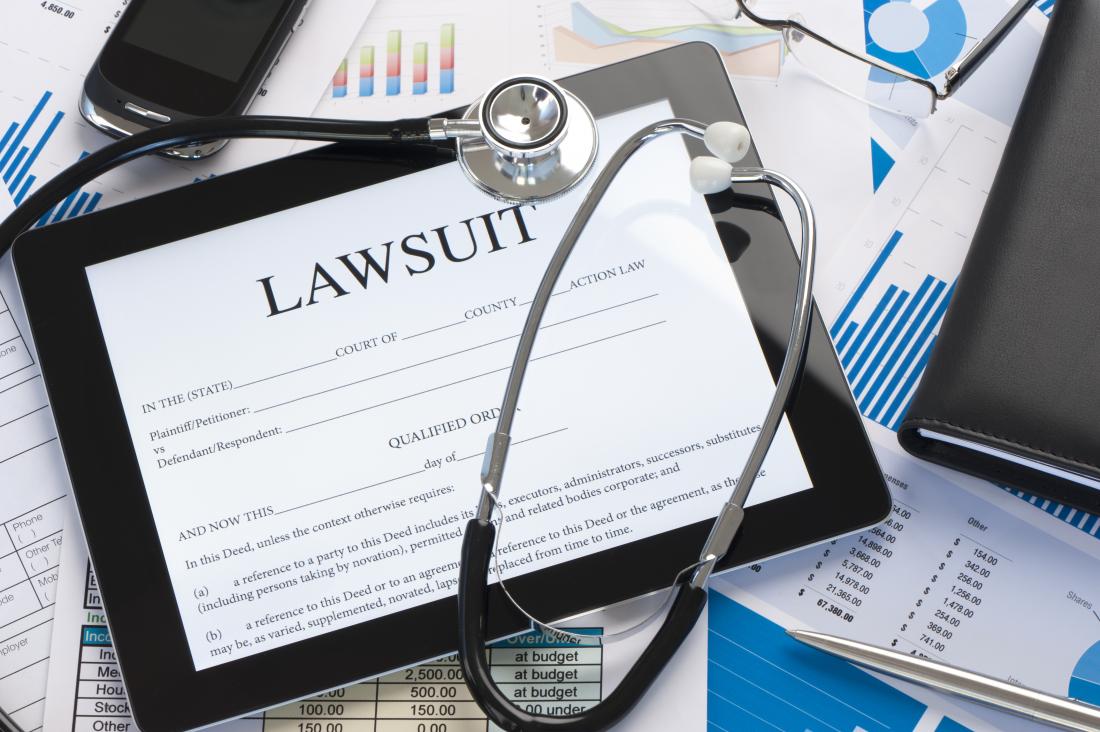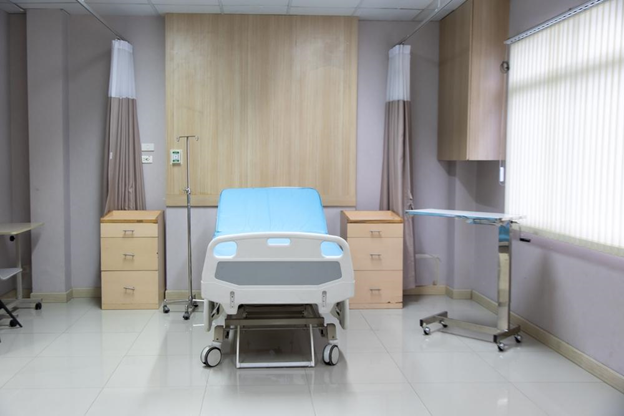The challenging future of medical negligence litigation

Medical negligence injuries are the third-leading cause of death in the United States, after cancer and heart disease. Medical malpractice does not always result in patient injuries or deaths while under the care of medical professionals. As a result, medical malpractice claims are difficult to prove in court.
According to some estimates, injuries caused by medical error are the third-leading cause of mortality in the United States, usually following cancer and heart disease. Medical malpractice does not always result in patient injuries or deaths while under the care of medical professionals. As a result, medical malpractice claims are challenging to establish in court.
What is Provable Medical Negligence?
Medical care providers are required to offer therapy that adheres to a set of guidelines. If a doctor or other provider deviates from the acknowledged standard of care by acting or neglecting to behave as most prudent medical professionals would in a similar scenario, and the patient suffers serious injury; as a result, the health care practitioner may be held legally accountable.
This is a breach of the standard of care. Medical negligence may be established if it is determined that the health care professional did not meet the standard of care.
Damage caused by someone else’s carelessness. The person who files the malpractice claim must show that the patient experienced an injury that would not have occurred if the doctor hadn’t been negligent. Many medical procedures carry some risk, and a negative outcome is not malpractice in and of itself. The plaintiff must depict that the injury could have been avoided and caused by the health care provider’s negligence.
The injury resulted in severe losses. The plaintiff must establish that the misconduct caused avoidable damage, unusual pain, suffering, and hardship, lost income, or considerable past and future medical expenditures to prove medical malpractice.
Medical misconduct can take many different forms. Malpractice lawsuits can be charged against any medical professional, technician, or institution, such as a hospital, surgery center, or birthing center.
Specific Types of Medical Negligence that Might Lead to a Lawsuit
- Failure to recognize the problem
- Diagnosis delayed
- Laboratory results are misread or ignored.
- Surgery that isn’t required
- The procedure was performed in the incorrect location.
- Incorrect dose of medication
- Discharged too soon
- Failure to obtain a complete medical history of the patient
- Ordering the wrong diagnostic tests
- Inability to detect signs
The most fundamental causes of birth injuries include the physical handling of the infant during a difficult delivery and a shortage of oxygen to the child’s brain before the child can breathe independently.
Due to an error during Caesarian section surgery, there may be consequences that result in unnecessary damage.
The most usual fundamental causes of birth injuries include the physical handling of the infant during a difficult delivery and a shortage of oxygen to the child’s brain before the child can breathe independently.
Due to an error during Caesarian section surgery, there may be consequences that result in unnecessary damage.
Challenges for Proving Medical Negligence & Malpractice
Is there cause for a claim?
The possible cost of pursuing a medical negligence claim is prohibitively high. They frequently necessitate independent medical specialists evaluating medical data and several hours of deposition evidence from members of a medical team. A case must have beneficial costs and losses that can be displayed to have been caused by an injury caused by an avoidable medical error or omission for it to be valid. If the losses are minor, the cost of pursuing the case may be substantial than the possible compensation.
Does negligence exist?
To prove medical negligence, you must show that a doctor or other provider acted in that way a similarly skilled provider would not have done in the same situation. The provider’s carelessness or recklessness must have directly caused the harm. It’s not only that something has gone wrong, and the medical provider’s decision must be contrary to the accepted standard of care.
Can a jury be persuaded?
Most medical malpractice lawsuits are sorted out of court, but a malpractice insurer must see a serious chance of losing in court before agreeing to pay. When a jury hears a malpractice case, insurers know that a jury will often give the doctor the benefit of the doubt. Unless the medical error is evident and severe, the plaintiff’s case is typically favorable by expert testimony from doctors with similar training and experience as the defendants. They must give a convincing and intelligible account of what the defendant did wrong and how it resulted in the injury. That is a complicated fact that when medical cases go wrong, several factors are frequently at play. It can be difficult to guide a jury through each medical response to difficult labor and delivery while also ensuring that the situation stands up to cross-examination and alternate interpretations given by the defense and their experts., surgery center, or birthing center.
In this article, you can attempt to understand the future of medical negligence easily. And this is also very helpful for information about medical negligence.
<iframe width=”560″ height=”315″ src=”https://www.youtube.com/embed/l4bQ8oANuwc” title=”YouTube video player” frameborder=”0″ allow=”accelerometer; autoplay; clipboard-write; encrypted-media; gyroscope; picture-in-picture” allowfullscreen></iframe>







